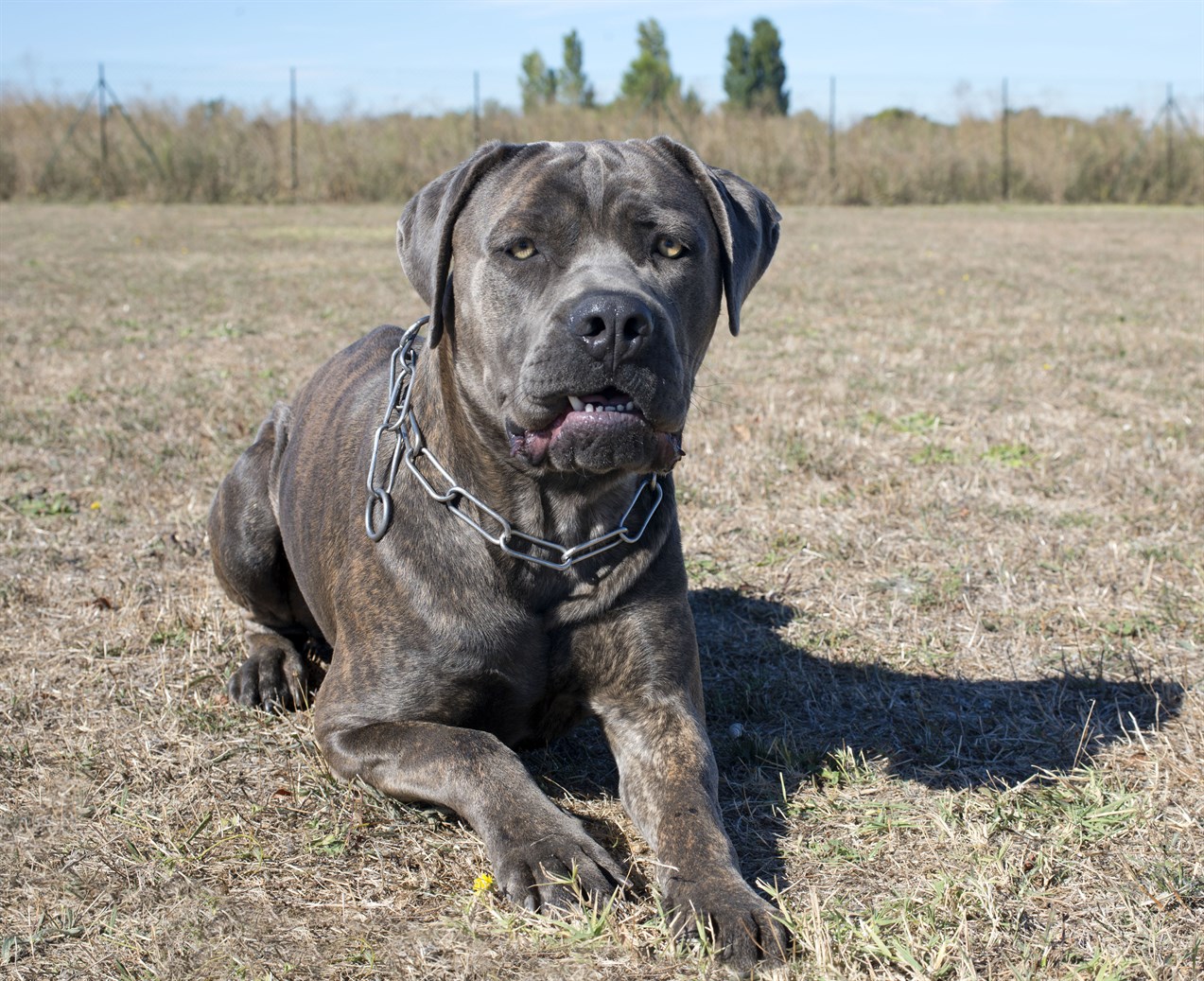House Training a Mastiff: Patience and Consistency

House training, also known as potty training, is a crucial aspect of dog ownership, regardless of the breed. Mastiffs, with their gentle disposition and calm nature, can be successfully house trained like any other dog. However, due to their size and slower maturation rate, they may present unique challenges that require patience and consistency. Here are some housetraining basics for Mastiffs.
Start Early
Begin house training your Mastiff puppy as soon as you bring them home. Consistency from the beginning is key to success.
Establish a Routine
Create a regular schedule for feeding, playtime, and bathroom breaks. Puppies typically need to go outside shortly after eating, drinking, or waking up from a nap.
Supervision
Keep a close eye on your Mastiff puppy when they are indoors. Use baby gates or a leash to restrict their access to certain areas of the house.
Frequent Bathroom Breaks
Take your puppy outside frequently, especially during the early stages of training. This may mean going outside every hour or so, gradually increasing the time between breaks as they become more reliable.
Positive Reinforcement
When your Mastiff puppy eliminates outdoors, praise and reward them with treats or verbal praise. Positive reinforcement helps them associate going outside with positive experiences.
Be Patient
Accidents will happen, especially with young puppies. Avoid punishment, as it can create fear and anxiety. Instead, clean up accidents promptly and focus on reinforcing good behaviour.
Crate Training
Many Mastiff owners find crate training helpful. Dogs generally avoid soiling their living space, so a properly sized crate can encourage your puppy to "hold it" until you take them outside.
Unique Considerations for Mastiffs
Mastiffs, being a large breed, have a slower growth rate and may take longer to develop full bladder control compared to smaller breeds. It's important to keep this in mind during house training:
- Larger Bladder: Mastiff puppies have larger bladders, which means they can hold more urine. However, this doesn't necessarily equate to better control. They may still need frequent bathroom breaks.
- Gentle Approach: Mastiffs are sensitive dogs, so a gentle and positive approach to training is essential. Harsh methods can be counterproductive and harm the bond between you and your dog.
- Physical Capability: Due to their size, adult Mastiffs have significant physical capabilities. This means that accidents can be more substantial, so it's crucial to maintain consistency in training even as they grow.
- Patience Is Key: Mastiffs may take longer to fully grasp house training concepts, but with patience and consistency, they can become reliably trained dogs.
Are Mastiffs Hard to House Train?
Mastiffs, like any other breed, are not inherently more challenging to house train. However, their size and slower maturity rate can make the process feel longer and require more patience. The key to successful house training is consistent, positive reinforcement-based training from a young age. With dedication and understanding of their unique needs, Mastiffs can become well-behaved and reliably house-trained companions.
In conclusion, house training a Mastiff requires patience, consistency, and a gentle approach. While their size and slower maturation rate may present some unique challenges, they can be successfully house trained with the right techniques and a commitment to positive reinforcement. Remember that every dog is an individual, and some Mastiffs may catch on more quickly than others, so tailor your training approach to your dog's specific needs.